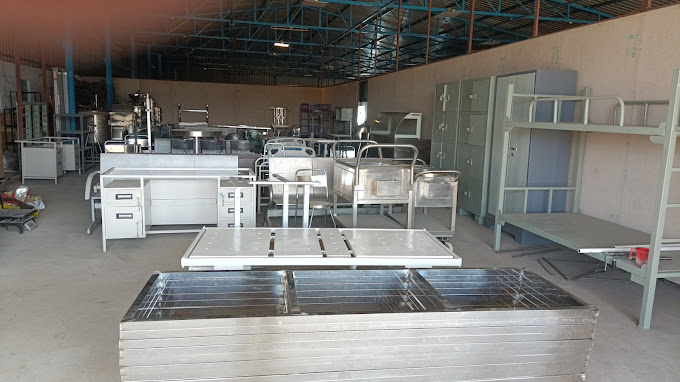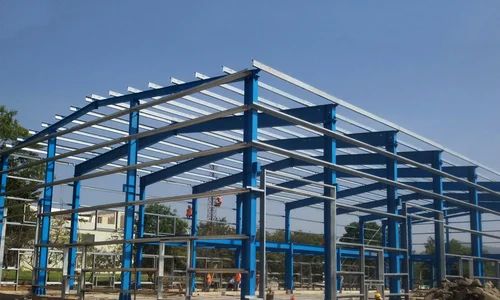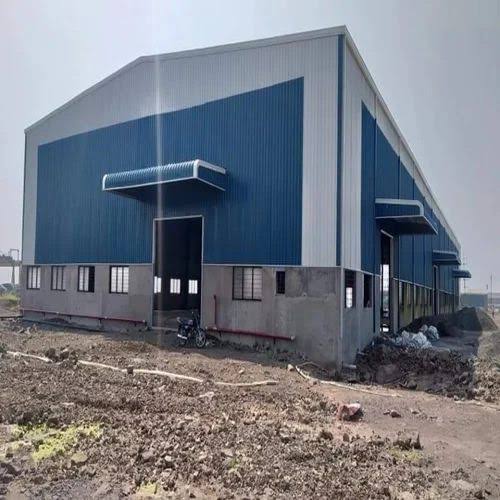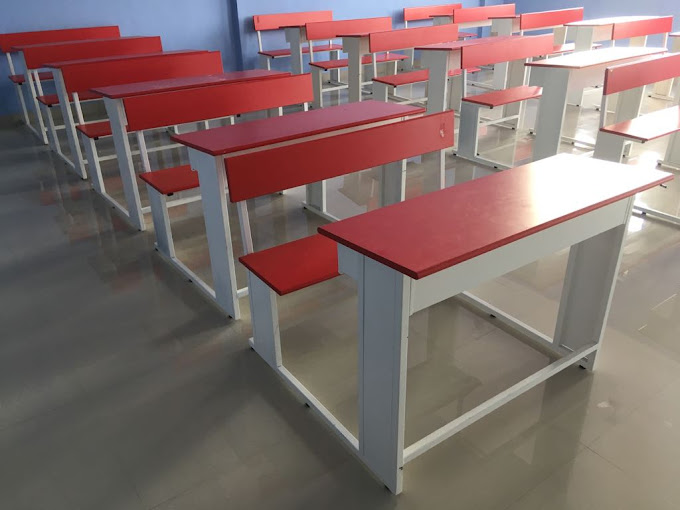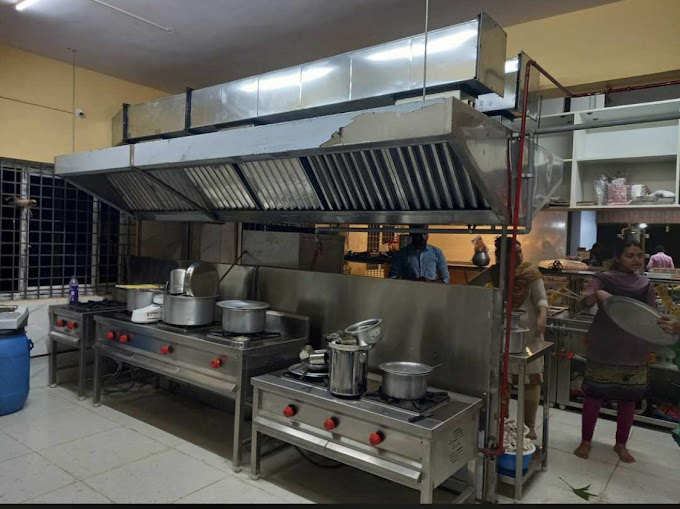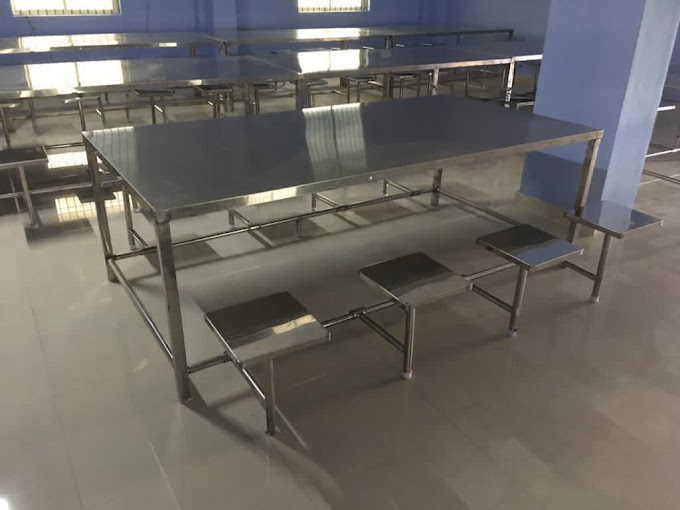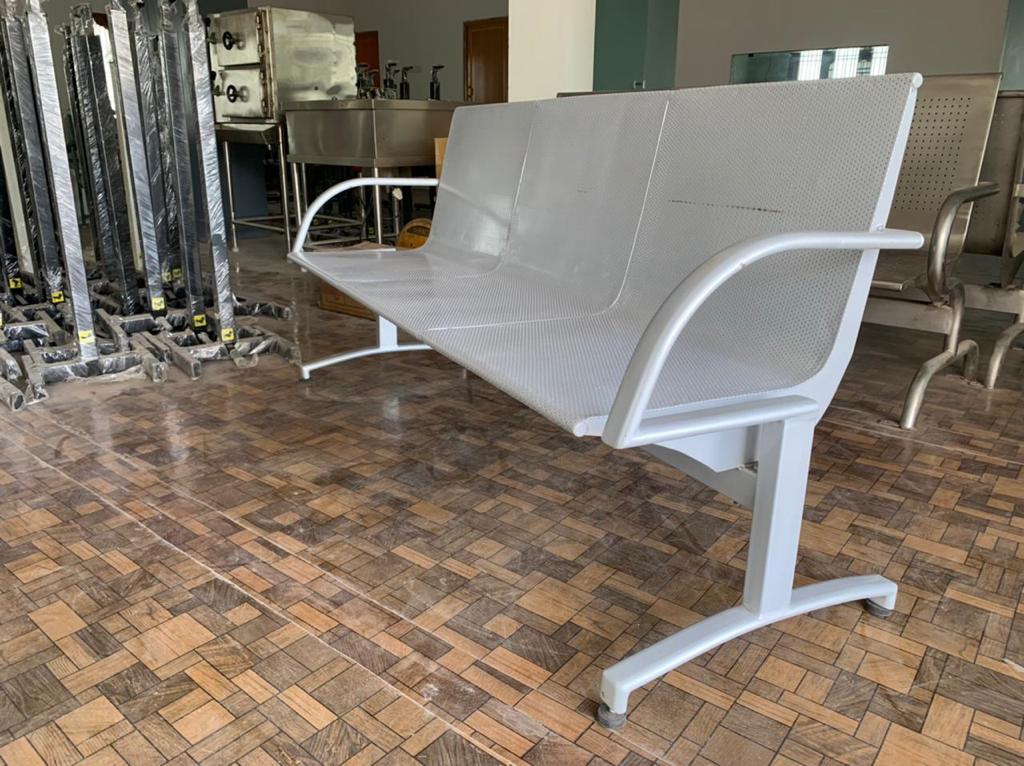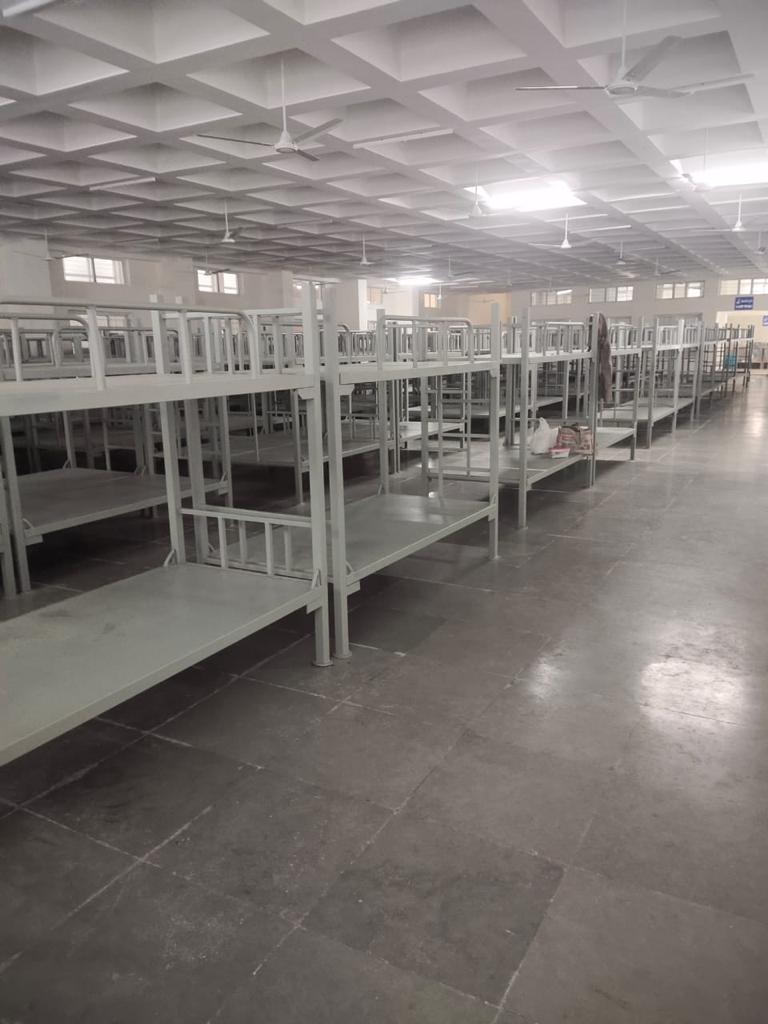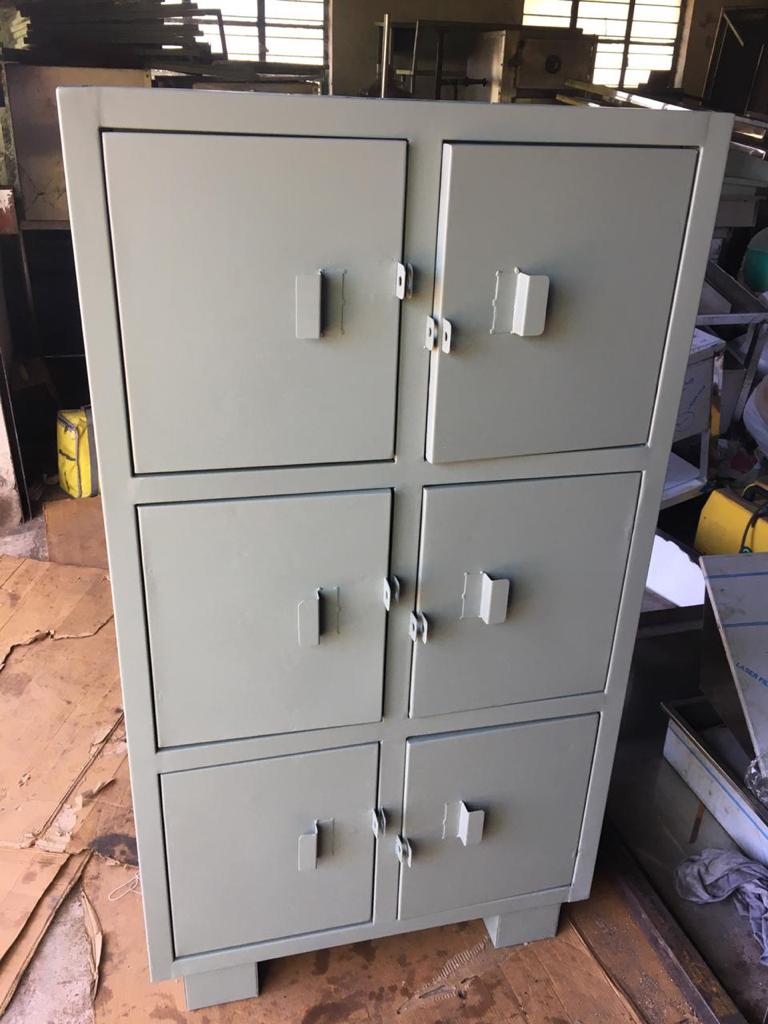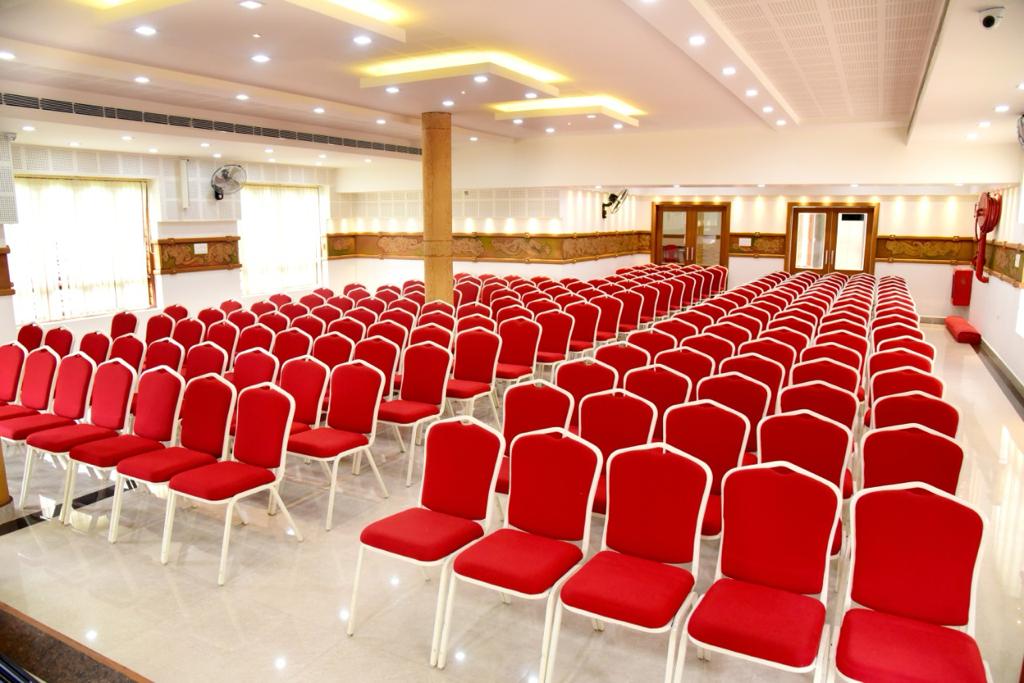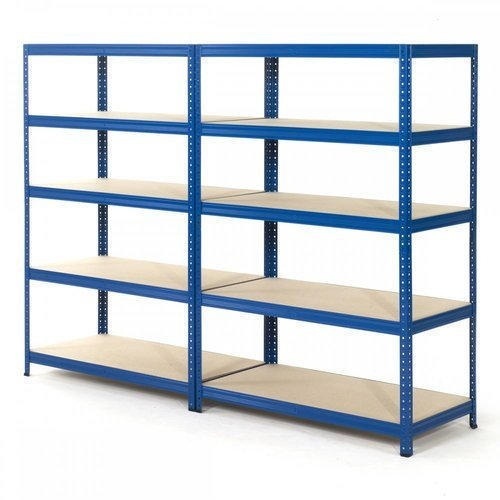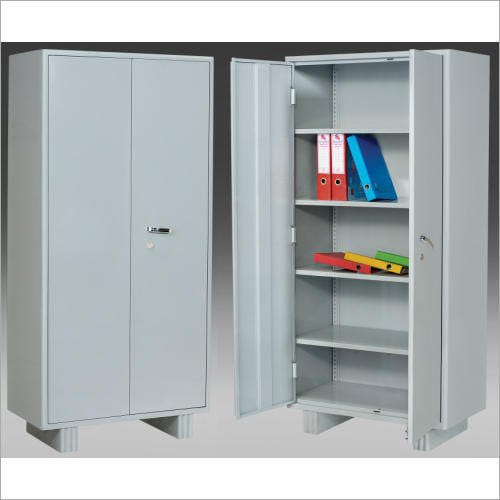Steelman Engineering works was established in 1985 by Mr.K Kodandapani Reddy, who is a graduate in Engineering and has more than 30 years of experience in sheet and metal fabrication.
Our expert team of engineers and skilled work force continue to design and manufacture high quality school furniture, office furniture, hospital furniture and commercial kitchen equipment in CNC.Our designs suits the requirement of in- dustrial canteens, educational institutions, (school)
hostels, temples,food processing industry etc.
Our main focus is to constantly improve our products to meet industrial standards and safety. Our prompt delivery, and, quality of after sales and service ensure customer satisfaction.
.jpg)

Vision
Our vision is to become a premier manufacturer of steel furniture, particularly catering to the medical sector, by producing exemplary and dependable products that enhance efficiency and functionality, meeting the needs of medical institutions worldwide.

Mission
Maintain uncompromising quality across all aspects of our products, from material selection to manufacturing processes, ensuring the delivery of highly durable, reliable, and safe furniture solutions that surpass industry standards.
Values and Core Commitment

QUALITY FOCUS
At Steelman Engineering, we take our quality extremely seriously.

CUSTOMER CENTRICITY
If the customer is happy, we are happy!

INTEGRITY
At Steelman Engineering honesty comes first. No ifs - no buts about integrity.

SUSTAINABILITY
We haven’t inherited the world from our ancestors, we have borrowed it from our future generations. And we can’t afford to take this liability lightly and thus all things and Steelman Engineering are climate conscious.

INNOVATION
We are deep believers in technology and innovation and hence strive to be on the cutting edge of it and that reflects in our products.

The Arachis genus, which is native to South America, particularly the regions east of the Andes such as Peru, Bolivia, Argentina, and Brazil, encompasses various wild species of peanuts. The cultivated peanuts we know today (Arachis hypogaea) are believed to have originated from a crossbreeding event between two of these wild species, namely A. duranensis and A. ipaensis. Initially, this hybridization resulted in sterile plants, but their fertility was restored through natural chromosome doubling, leading to the development of what is known as an amphidiploid or allotetraploid plant. A wild peanut variant called A. monticola, found in specific areas of northwestern Argentina or southeastern Bolivia, may have emerged from this crossbreeding process. Over time, through selective breeding, A. hypogaea was domesticated and became the cultivated peanut we rely on today.

